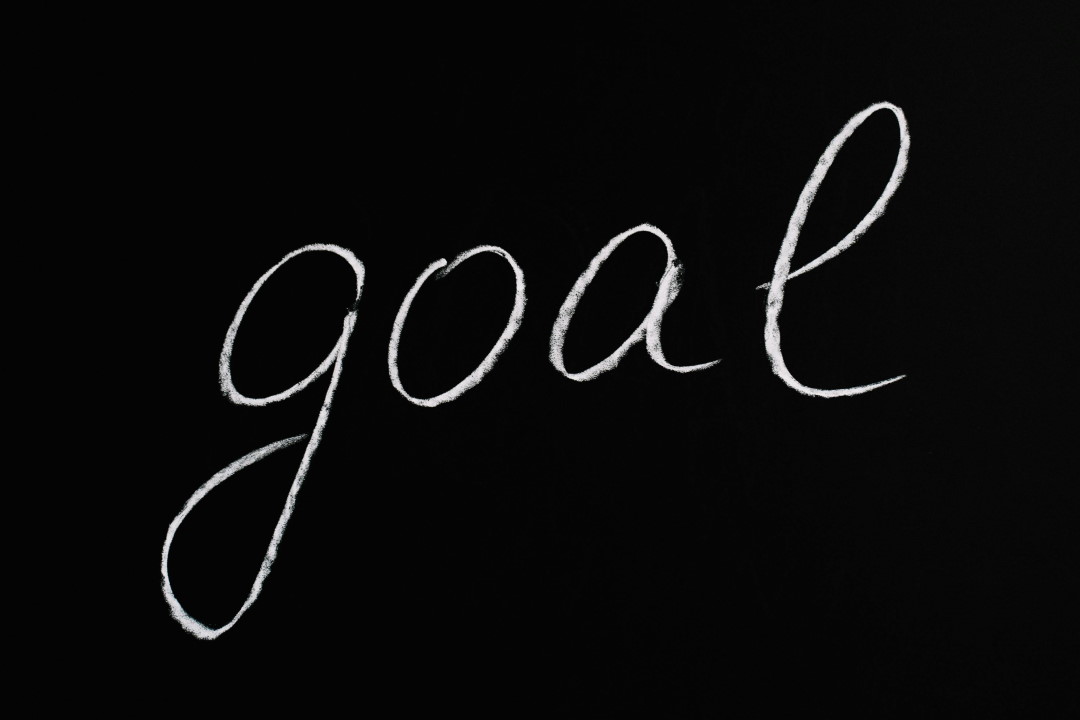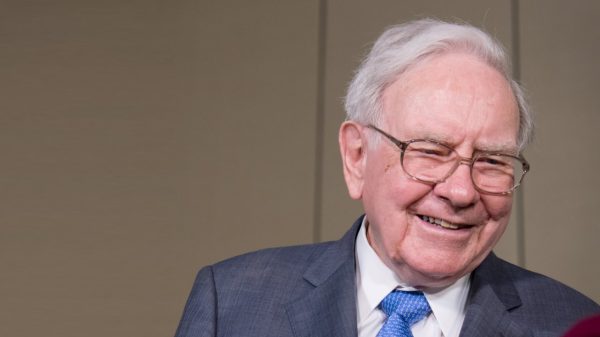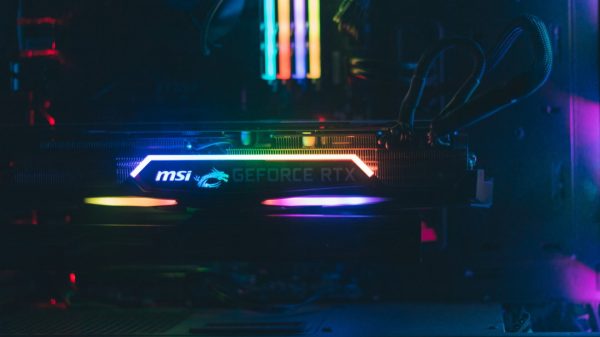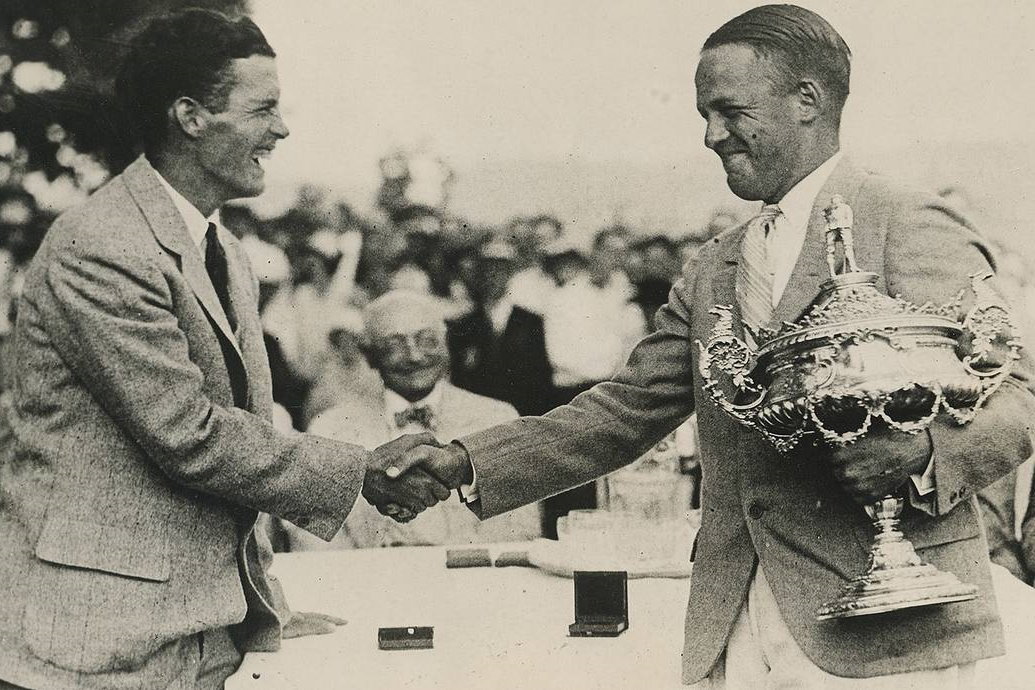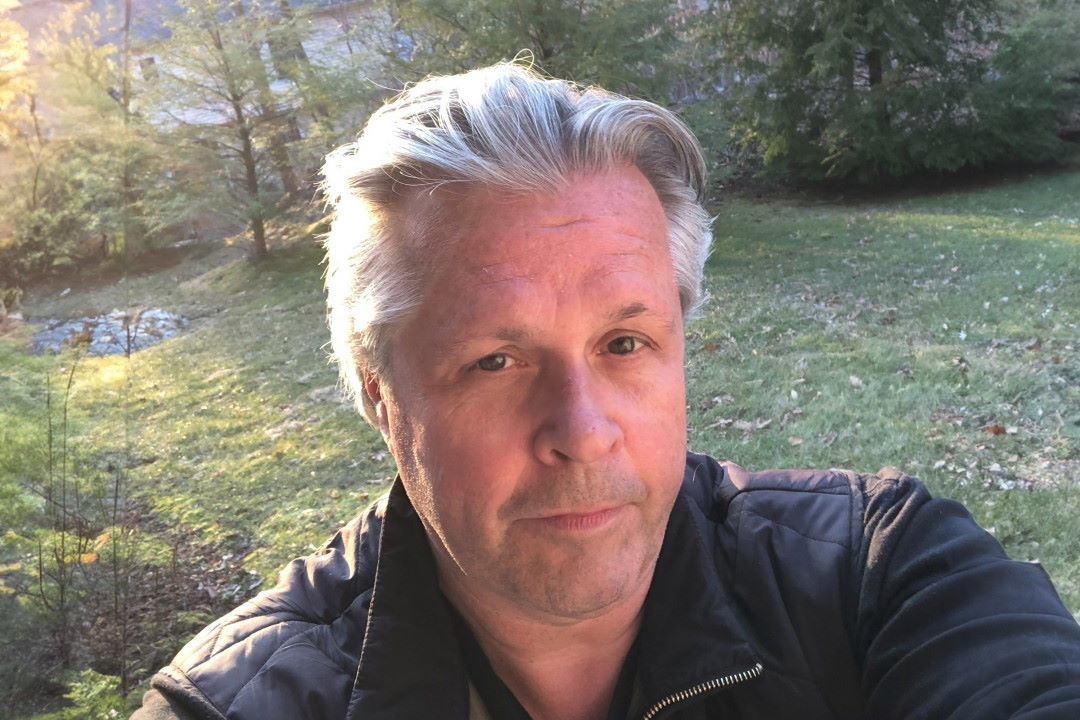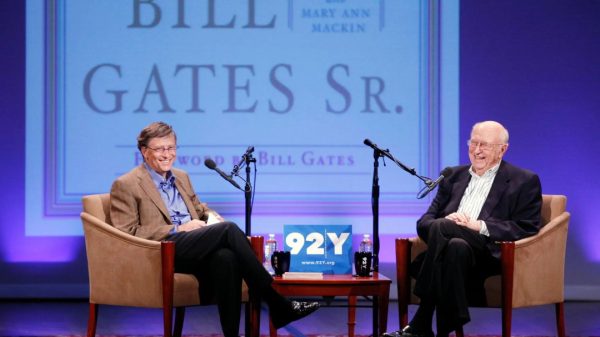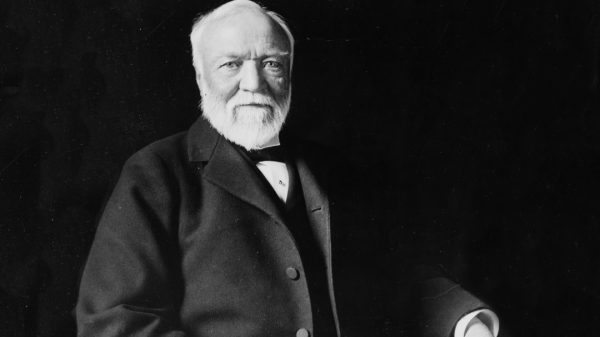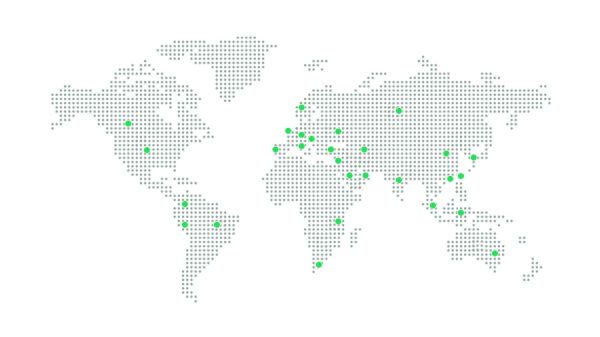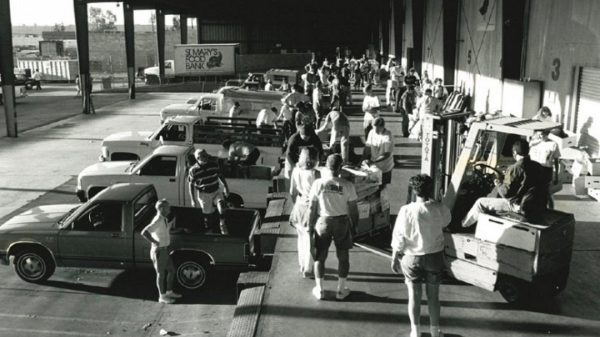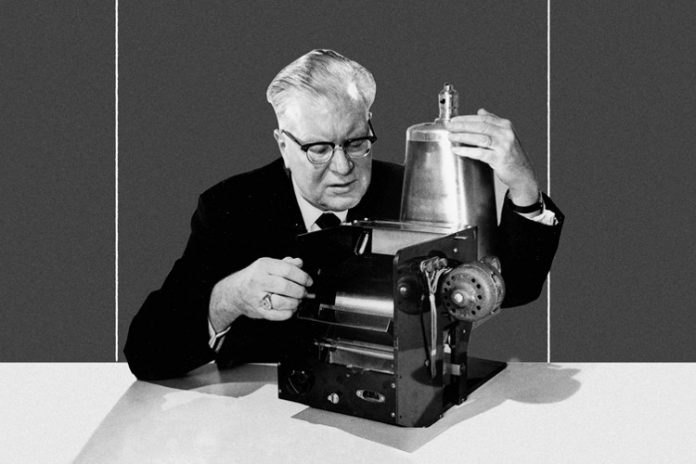The inventor of the photocopy was ahead of his time. Here’s some of his story:
Chester Carlson, was an American physicist, inventor, and patent attorney born in Seattle, Washington.
Early LifeWork outside of school hours was a necessity at an early age, and with such time as I had I turned toward interests of my own devising, making things, experimenting, and planning for the future. I had read of Thomas Alva Edison and other successful inventors, and the idea of making an invention appealed to me as one of the few available means to accomplish a change in one’s economic status, while at the same time bringing to focus my interest in technical things and making it possible to make a contribution to society as well.”
EducationBecause of the work he put into supporting his family, Carlson had to take a postgraduate year at his alma mater San Bernardino High School to fill in missed courses. He then entered a cooperative work/study program at Riverside Junior College, working and going to classes in alternating six-week periods. Carlson held three jobs while at Riverside, paying for a cheap one-bedroom apartment for himself and his father. At Riverside, Chester began as a chemistry major, but switched to physics, largely due to a favorite professor.
After three years at Riverside, Chester transferred to the California Institute of Technology, or Caltech—his ambition since high school. His tuition, $260 a year, exceeded his total earnings, and the workload prevented him from earning much money—though he did mow lawns and do odd jobs on weekends, and work at a cement factory in the summer. By the time he graduated, he was $1,500 in debt. He graduated with good—but not exceptional—grades, earning a B.S. degree in Physics in 1930, at the beginning of the Great Depression. He wrote letters seeking employment to 82 companies; none offered him a job. The need for a quick, satisfactory copying machine that could be used right in the office seemed very apparent to me—there seemed such a crying need for it—such a desirable thing if it could be obtained. So I set out to think of how one could be made. As a last resort, he began working for Bell Telephone Laboratories in New York City as a research engineer. Finding the work dull and routine, after a year Carlson transferred to the patent department as an assistant to one of the company’s patent attorneys.
Early CareerCarlson wrote over 400 ideas for new inventions in his personal notebooks while working at Bell Labs. He kept coming back to his love of printing, especially since his job in the patent department gave him new determination to find a better way to copy documents. “In the course of my patent work,” wrote Carlson, “I frequently had need for copies of patent specifications and drawings, and there was no really convenient way of getting them at that time.” At the time, the department primarily made copies by having typists retype the patent application in its entirety, using carbon paper to make multiple copies at once. There were other methods available, such as mimeographs and Photostats, but they were more expensive than carbon paper, and they had other limitations that made them impractical. The existing solutions were ‘duplicating’ machines—they could make many duplicates, but one had to create a special master copy first, usually at great expense of time or money. Carlson wanted to invent a ‘copying’ machine, that could take an existing document and copy it onto a new piece of paper without any intermediate steps.
The invention of electrophotographyThere was a gap of some years, but by 1935 I was more or less settled. I had my job, but I didn’t think I was getting ahead very fast. I was just living from hand to mouth, you might say, and I had just got married. It was kind of a hard struggle. So I thought the possibility of making an invention might kill two birds with one stone; it would be a chance to do the world some good and also a chance to do myself some good.”
Carlson’s early experiments, conducted in his apartment kitchen, were smoky, smelly, and occasionally explosive. In one set of experiments, he was melting pure crystalline sulfur (a photoconductor) onto a plate of zinc by moving it just so over the flame of his kitchen stove. This often resulted in a sulfur fire, filling the building with the smell of rotten eggs. In another experiment, the chemicals he was working with caught fire, and he and his wife were hard-pressed to extinguish the flames. During this period, he developed arthritis of the spine, like his father. He pressed on with his experiments, however, in addition to his law school studies and his regular job. Having learned about the value of patents in his early career as a patent clerk and attorney, Carlson patented his developments every step along the way. He filed his first preliminary patent application on October 18, 1937.
By the fall of 1938, Carlson’s wife had convinced him that his experiments needed to be conducted elsewhere. He rented a room on the second floor of a house owned by his mother-in-law at 32-05 37th Street in Astoria, Queens. He hired an assistant, Otto Kornei, an out-of-work Austrian physicist.
On October 22, 1938, they had their historic breakthrough. Kornei wrote the words “10.-22.-38 ASTORIA.” in India ink on a glass microscope slide. The Austrian prepared a zinc plate with a sulfur coating, darkened the room, rubbed the sulfur surface with a cotton handkerchief to apply an electrostatic charge, then laid the slide on the plate, exposing it to a bright, incandescent light. They removed the slide, sprinkled lycopodium powder to the sulfur surface, softly blew the excess away, and transferred the image to a sheet of wax paper. They heated the paper, softening the wax so the lycopodium would adhere to it, and had the world’s first xerographic copy. After repeating the experiment to be sure it worked, Carlson celebrated by taking Kornei out for a modest lunch. Kornei was not as excited about the results of the experiment as Carlson. Within a year, he left Carlson on cordial terms. His pessimism about electrophotography was so strong that he decided to dissolve his agreement with Carlson that would have given Kornei ten percent of Carlson’s future proceeds from the invention and partial rights to the inventions they had worked on together.
Years later, when Xerox stock was soaring, Carlson sent Kornei a gift of one hundred shares in the company. Had Kornei held onto that gift, it would have been worth more than $1 million by 1972. The road to Carlson’s success—or that for xerography’s success—had been long and filled with failure. He was turned down for funding by more than twenty companies between 1939 and 1944.He tried for some time to sell the invention to International Business Machines (IBM), the great vendor of office equipment, but no one at the company saw merit in the concept—it is not clear that anyone at IBM even ‘understood’ the concept. His next-to-last attempt to garner the interest—and funds—he needed to commercialize the physics was a meeting with the Department of the Navy. The Navy had a specific interest in the production of dry copies, but they did not “see” what Carlson saw.
On October 6, 1942, the Patent Office issued Carlson’s patent on electrophotography.
Battelle Memorial InstituteWhen Carlson was close to giving up on getting his invention from a proof-of-concept to a usable product, happenstance provided a solution. In 1944, Russell W. Dayton, a young engineer from the Battelle Memorial Institute in Columbus, Ohio, visited the patent department at Mallory where Carlson worked. Dayton, brought in as an expert witness in a patent appeal case by Mallory, seemed to Carlson to be “the kind of fellow who looked like he was interested in new ideas.” Although Battelle had not previously developed ideas generated by others, Dayton was fascinated by Carlson’s invention. When Carlson was invited to Columbus to demonstrate his invention, Dayton’s statement to the Battelle scientists and engineers present showed that he understood the importance of Carlson’s invention: “However crude this may seem, this is the first time any of you have seen a reproduction made without any chemical reaction and a dry process.”
Battelle took a risk on Carlson’s invention, which seemed to come out of nowhere -“Electrophotography had practically no foundation in previous scientific work. Chet put together a rather odd lot of phenomena, each of which was obscure in itself and none of which had previously been related in anyone’s thinking. The result was the biggest thing in imaging since the coming of photography itself. Furthermore, he did it entirely without the help of a favorable scientific climate. There are dozens of instances of simultaneous discovery down through scientific history, but no one came anywhere near being simultaneous with Chet. I’m as amazed by his discovery now as I was when I first heard of it.”
By the fall of 1945, Battelle agreed to act as Carlson’s agent for his patents, pay for further research, and develop the idea. Battelle tried to interest major printing and photography companies, like Eastman Kodak and Harris-Seybold, to license the idea, but to no avail.“What Bell is to the telephone—or, more aptly, what Eastman is to photography—Haloid could be to xerography.”
Haloid Xerox
In 1955, Haloid signed a new agreement with Battelle granting it full title to Carlson’s xerography patents, in exchange for fifty thousand shares of Haloid stock.0] Carlson received forty percent of the cash and stock from that deal, due to his agreement with Battelle. That same year, the British motion picture company Rank Organization was looking for a product to sit alongside a small business it had making camera lenses. Thomas A Law, who was the head of the business, found his answer in a scientific magazine he picked up by chance. He read about an invention that could produce copies of documents as good as the original. Mr. Law tracked down the backers – Haloid. In order to exploit those patents in Europe, Haloid partnered with the Rank Organization in a joint venture called Rank Xerox. As photocopying took the world by storm, so did Rank’s profits. According to Graham Dowson, Rank’s Managing Director in 1956, it was “a stroke of luck that turned out to be a touch of genius … If Tom Law had not seen that magazine, we would not have known about xerography – or at least not before it was too late”.
Haloid needed to grow, and its existing offices in Rochester were old and scattered. In 1955, the company purchased a large parcel of land in the Rochester suburb of Webster, New York; this site would eventually become the company’s main research-and-development campus.Haloid’s CEO, Joseph Wilson, had decided Haloid needed a new name as early as 1954. After years of debate within the company, the board approved a name change to “Haloid Xerox” in 1958, reflecting the fact that xerography was now the company’s main line of business.
The Xerox 914
The first device recognizable as a modern photocopier was the Xerox 914. Although large and crude by modern standards, it allowed an operator to place an original on a sheet of glass, press a button, and receive a copy on plain paper. Manufactured in a leased building off Orchard Street in Rochester, the 914 was introduced to the market at the Sherry Netherland Hotel in New York City on September 16, 1959. Even plagued with early problems—of the two demonstration units at the hotel, one caught fire, and one worked fine—the Xerox 914 became massively successful. Between 1959, when the Model 914 first shipped, and 1961, Haloid Xerox’s revenues nearly doubled.
The 914’s success was not only due to its relative ease of use, its design (that, unlike competing copiers, carried no risk of damage to the original), and its low operating costs compared to other machines that required special paper; Haloid Xerox’s decision to rent the 914—at the price of $25 per month, plus the cost of copies at four cents each with a minimum of $49 per month—made it vastly more affordable than a similar competing copier.
In 1961, because of the success of the Xerox 914, the company changed its name again, to Xerox Corporation.
For Carlson, the commercial success of the Xerox 914 was the culmination of his life’s work: a device that could quickly and cheaply make an exact copy of an existing document. After the 914 went into production, Carlson’s involvement with Xerox declined as he began pursuing his philanthropic interests.Later Life
In 1951, Carlson’s royalties from Battelle amounted to about $15,000 (in current terms, $137 thousand). Carlson continued to work at Haloid until 1955, and he remained a consultant to the company until his death. From 1956 to 1965, he continued to earn royalties on his patents from Xerox, amounting to about one-sixteenth of a cent for every Xerox copy made worldwide.
In 1968, Fortune magazine ranked Carlson among the wealthiest people in America. He sent them a brief letter: “Your estimate of my net worth is too high by $150 million. I belong in the 0 to $50 million bracket.” This was because Carlson had spent years quietly giving most of his fortune away. He told his wife his remaining ambition was “to die a poor man.”Carlson devoted his wealth to philanthropic purposes. He donated over $150 million to charitable causes.
Although Carlson insisted on anonymous donations, wrote Stevenson, he was unusual in that he closely followed the details of the research, maintaining contact with Stevenson. “He rarely made suggestions, but what he said always deserved attention,” wrote Stevenson.
Legacy
The New York Civil Liberties Union was among the beneficiaries of his bequests. The University of Virginia received $1 million, under strict instructions that the money was to be used only to fund parapsychology research. The Center for the Study of Democratic Institutions received a bequest of over $4.2 million from Carlson, in addition to the more than $4 million he had contributed while alive.
United States Public Law 100-548, signed into law by Ronald Reagan, designated October 22, 1988, as “National Chester F. Carlson Recognition Day”. He was honored by the United States Postal Service with a 21¢ Great Americans series postage stamp.Wikipedia: Chester Carlson
Carlson is memorialized by buildings at the two largest institutions of higher learning in Rochester, New York, Xerox’s hometown. The Chester F. Carlson Center for Imaging Science, a department of the Rochester Institute of Technology, specializes in remote sensing, eye tracking, and xerography. The University of Rochester’s Carlson Science and Engineering Library is the University’s primary library for the science and engineering disciplines.


